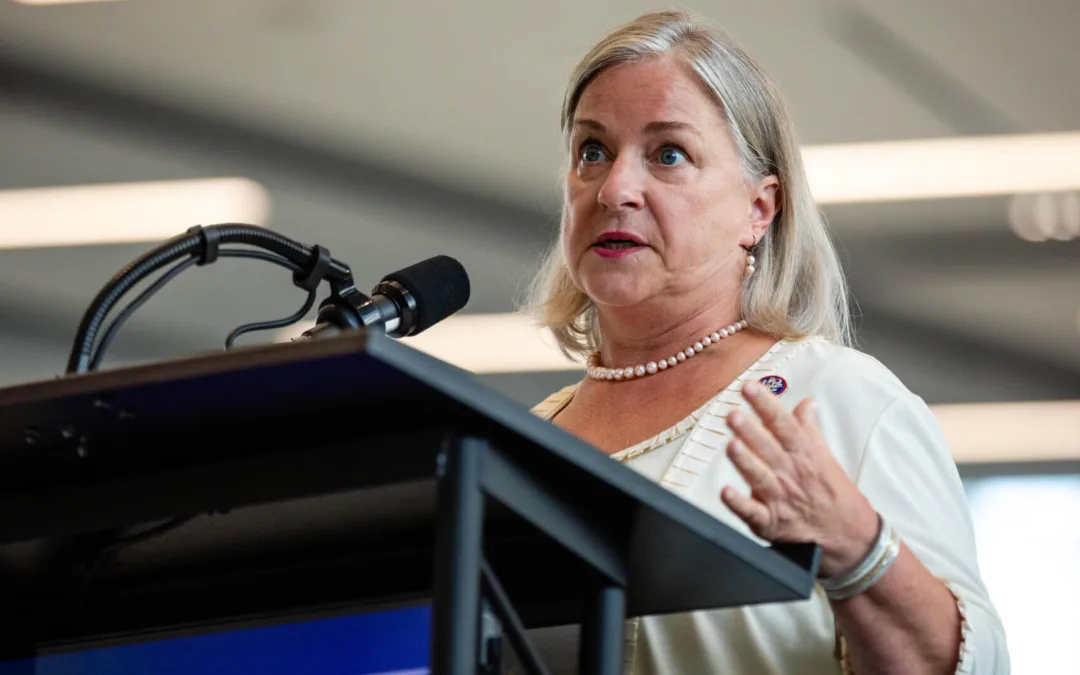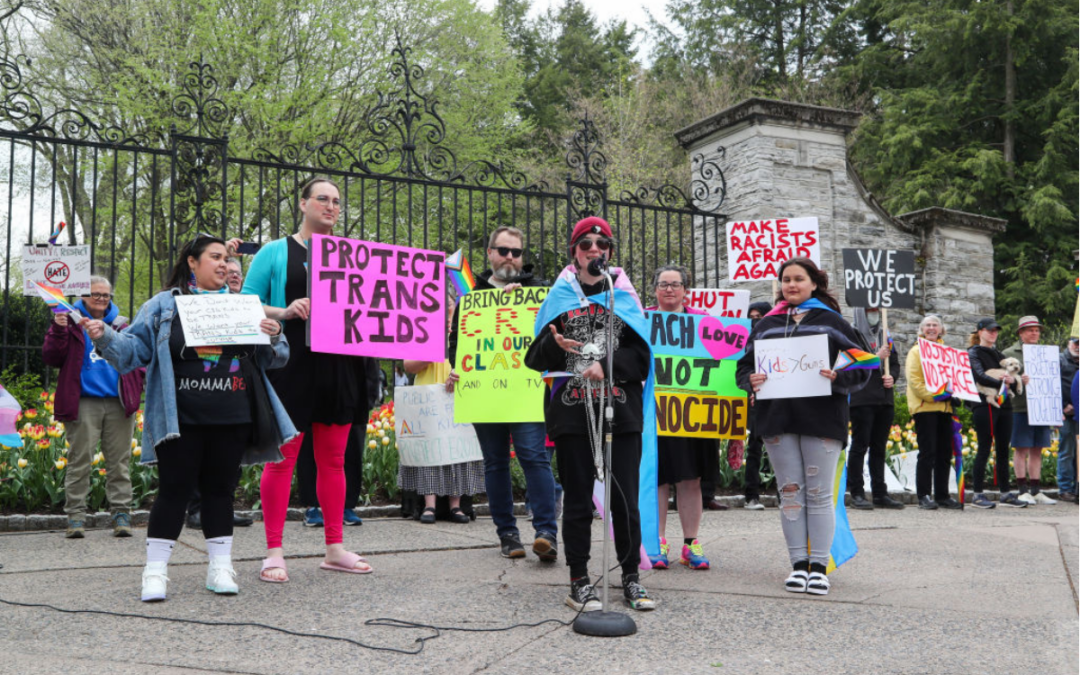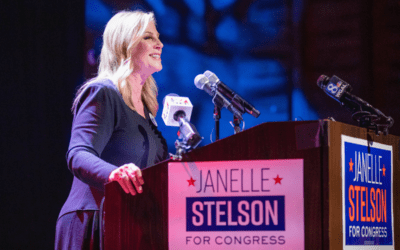
Artist Syd Carpenter works in many mediums with an emphasis on clay. (Photo: Craft in America.)
Editor’s Note: This interview first appeared in Path Finders, an email newsletter from the Daily Yonder. Each week, Path Finders features a Q&A with a rural thinker, creator, or doer. Like what you see here? You can join the mailing list at the bottom of this article and receive more conversations like this in your inbox each week.
Syd Carpenter is a Philadelphia-based mixed media artist who focuses on clay. She has received numerous awards including a United States Artist Fellowship, an Anonymous Was a Woman Fellowship, a National Endowment for the Arts grant, a Pew Fellowship in the Arts, and many others.
She also changed my life over the course of two ceramics classes at Swarthmore College, where she taught studio art for 30 years before retiring in 2022. We talked about her work of the past 15 years, which explores the forgotten history of African American-owned farms and gardens.

This interview has been edited for length and clarity.
Anya Slepyan, The Daily Yonder: When did you start making art around African Americans’ farms and gardens, and what brought you to that subject?
Syd Carpenter: I first started this work when I bought my first house, which I’m still in, and there was a garden there. My mother had been a master gardener, and her mother before her was a gardener, so it was something that was just in my blood, so to speak. So when I bought this house, I started looking at gardens and gardeners and thinking about, well, “what’s my history as an African American on the land in this country?” And that’s really important because there are preconceived notions about African Americans on the land, primarily around the issue and the state of enslavement. And after that, there was sharecropping. So generally being on the land was associated with a negative experience. And I knew, through my grandmother and through my mother, that being on the land and having their own land and producing food and ornamental gardens was something that brought them a lot of joy. So I knew that that [suffering] could not be the case for everyone.
DY: What was your research process?
SC: I did a lot of research about where people were gardening and the history of farms. I did a road trip to Georgia, South Carolina and the Gullah [Geechee] islands, and I spent time down there interviewing and talking to families who had been on their land for several generations.
And I thought about them in terms of how courageous they were because it wasn’t easy, certainly not in the South, for African Americans to stay on the land. There was so much opposition to our presence, especially if we were not being controlled by someone else who wanted to use our labor for their enrichment. There was a lot of resentment. So that created a hostile environment for so many Black farmers, but they stayed on their land and they were able to pass those farms down. And I went looking for them and found several of them with stories about the tenacity, about the history. And so that’s something that has just continued to motivate me as an artist, with art, to document and create a physical, tangible, aesthetic response and evidence of our presence on the land.

When I interviewed [the farmers], I had prepared questions beforehand. But I realized that just having a conversation, I could get all of the sense of their history and their story just by listening, not having an agenda, just a creating of the core between two individuals. So that was important to go there, to speak to them, to collect the information, to just feel the places, to be on the land, the actual land that I would be depicting in these pieces, which I consider to be portraits of the places.
DY: Once you had gathered this information, how did you go about converting that experience into a physical representation of the people and places you had visited?
SC: Well, once I returned to the studio it was important to just see what I had retrieved, what I had brought back with me. I certainly had memories, but I also had visuals that I would respond to. So I often say, notice what you notice. Do you remember me ever saying that in class?
DY: I do.
SC: Well, I do that. And it was important for me to look at images and see, well, what did I actually take a picture of? Why did I think that leaf, that stage, that old washing machine, that ladder, why was that important? Each place of course had its own idiosyncrasy. Because each place represents the person who tends it. It’s their place. And so in sorting through my images, things started to pop out as feeling essential to that place. So for instance, Troy Johnson, who was in Monticello, Georgia, had a backyard garden that was filled with old appliances that he used as planters. In addition, he had a water feature with an artificial great blue heron. I said, “Well, that has to go in the piece.” It’s not a real heron. It’s a fake heron. But that was what stood out to me.


I went to Albert and Elbert Howard’s farm and garden, and they were more conventional. I saw the buckets, and the cows and things that were pretty predictable, except that here were these two twins, twins that even had the same name just spelled differently, Albert and Elbert. And there was something about that. So capturing those idiosyncrasies about each piece was what guided me through, that kept it exciting for me, and continues to be exciting. Recalling all of these specific details surrounding their farms–these were not just generic farmers with a straw hat and the bib overall. These were folks that had these wonderful tricks and ways of doing things that just made making art about them that much more intriguing for me.

DY: Did you have an intended audience in mind when you set out to make this work?
SC: Well, not exactly an audience, but it had to do with filling obscured aspects of American horticultural and agricultural history. Nobody was writing about Black people as farmers. So for me, the goal was to begin to fill that gap of information and to get folks to think about who is on the land and continues to be on the land, who’s a steward of the land.
Because when you first think about American farmers, you think about Caucasian white people on the land creating the produce which we are able to benefit from. And if you look back at the history, there’s no mention [of Black people] other than through enslavement. And that involved growing cotton, rice, and indigo. And that created wealth for other people. But they were dependent upon African Americans who knew how to grow the cotton, who knew how to grow the rice. Who knew how to grow the indigo. But yet when we think about the origins and the source of wealth that comes from agriculture, hardly any mention is made of the knowledge base that resided in Black people on the land. So there’s that whole idea of creating new knowledge and uncovering an obscured aspect of our agrarian history in this country. So that makes my audience everyone. The pieces are certainly for the folks who are descended from and continue to be farmers, but they are also for an uninformed public. And as we move into this era where states are actually declaring it illegal for children to learn about this history, it becomes even more of an imperative to make art about this history.
You can see more of Syd Carpenter’s work on her website, and in this segment of PBS’s Craft in America. Her work is also included in the permanent collections of the Metropolitan Museum of Art, the Renwick Gallery of the Smithsonian Institute, Philadelphia Museum of Art, Montreal Museum of Art, the Swedish National Museum, African American Museum of Philadelphia, Pennsylvania Academy of Fine Arts, the Tang Museum of Skidmore College, and the Fuller Craft Museum as well as many other public and private collections.
This article first appeared on The Daily Yonder and is republished here under a Creative Commons license.![]()

For Rep. Susan Wild, supporting PA families includes reproductive rights and much more
Rep. Susan Wild wants to be very clear with Pennsylvanians: Donald Trump is committed to taking away women’s reproductive freedom, but he is not...

School districts working with anti-LGBTQ groups can cost your kids’ schools millions
Parents across South Central Pennsylvania are worried about the potential financial impacts working with anti-LGBTQ groups may have on their school...

VIDEO: Trump distances himself from his anti-abortion views
Donald Trump appeared on WGAL on Tuesday and continued to distance himself from his anti-abortion views claiming that reproductive rights are now a...

VIDEO: Community pushback gets school board to rescind decision on denying gay actor’s visit
Cumberland Valley School Board offered a public apology and voted to reinstate Maulik Pancholy as a guest speaker a week after the board voted to...

VIDEO: Project 2025 brings nuclear armageddon back into vogue
Project 2025 is a titanic document, with plans ranging from cutting half of all government employees to targeting reproductive rights on a scale...





